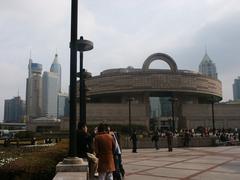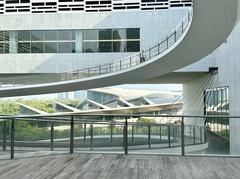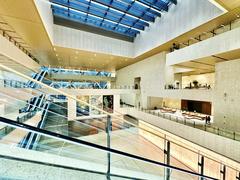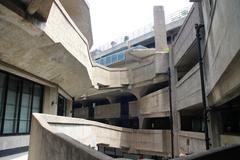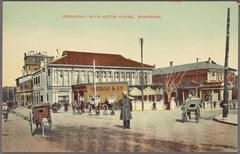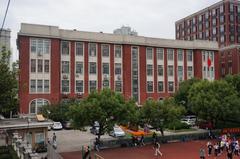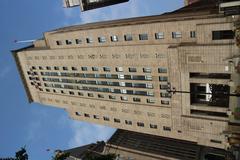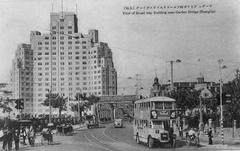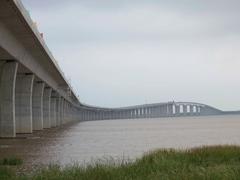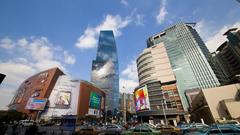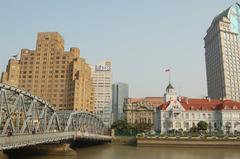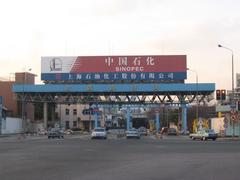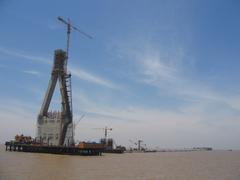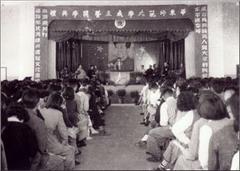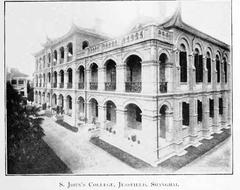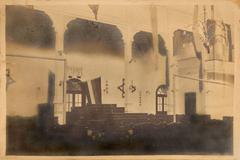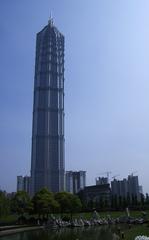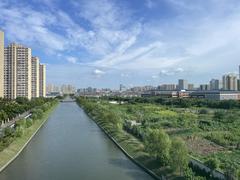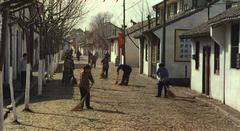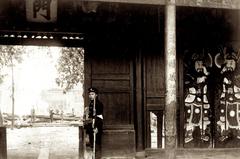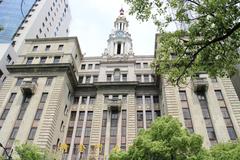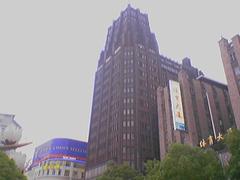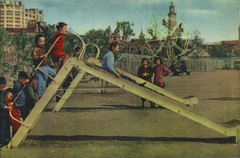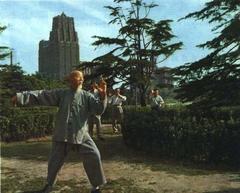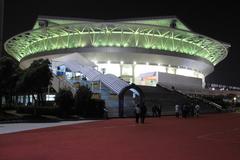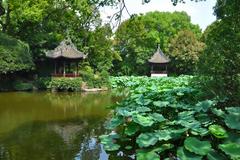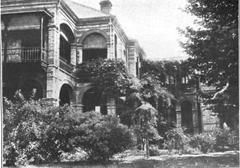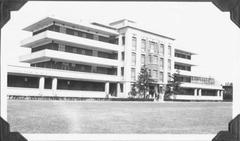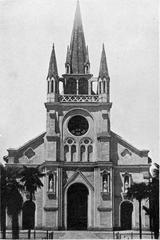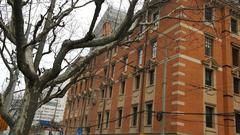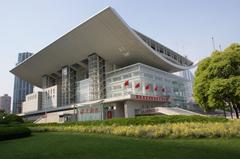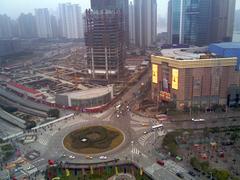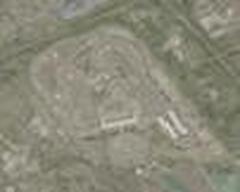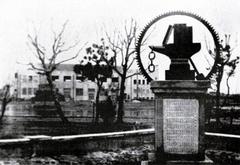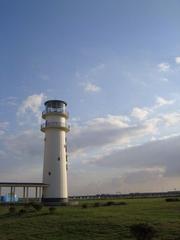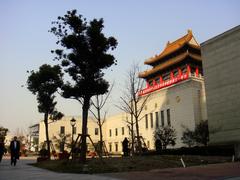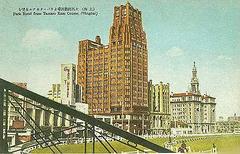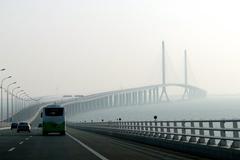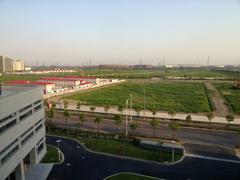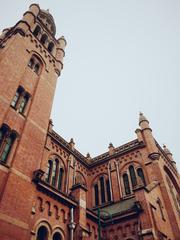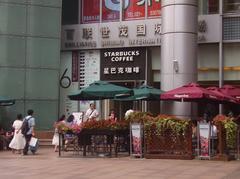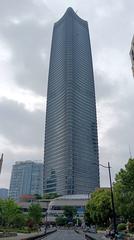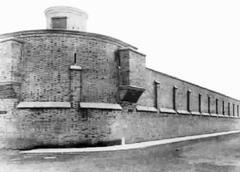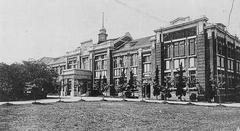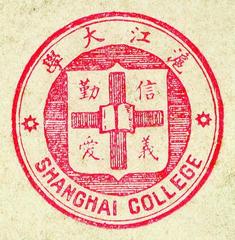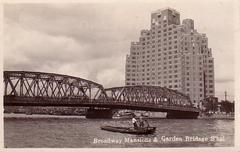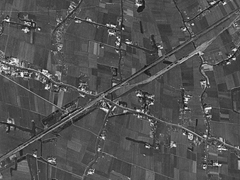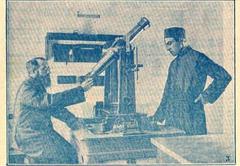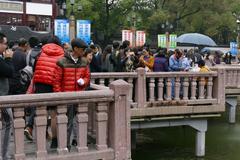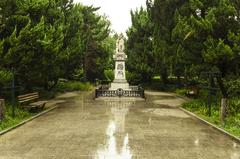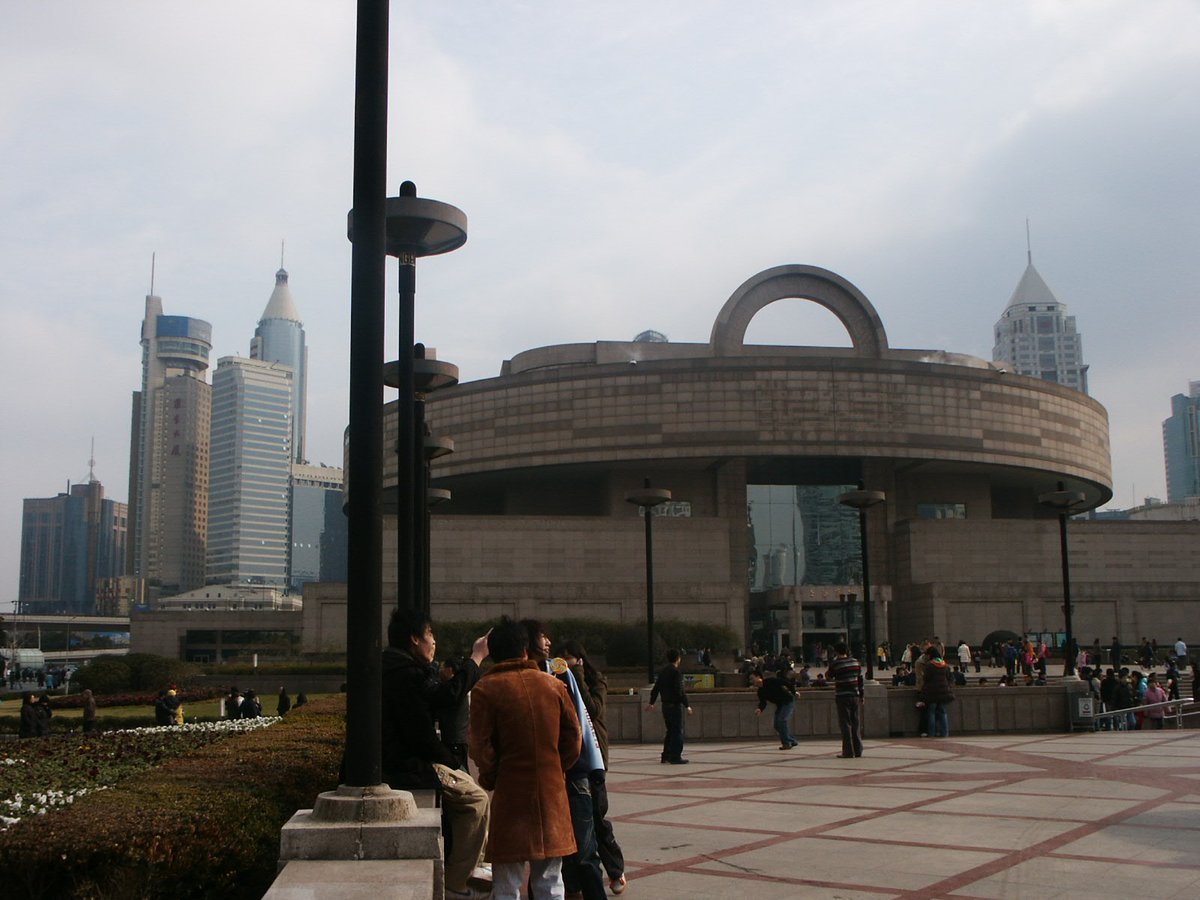
Visiting 西藏南路 in Shanghai: Hours, Tickets, and Tips
Publication Date: 24/07/2024
Introduction to 西藏南路
西藏南路 (South Xizang Road) is a historically rich and culturally vibrant thoroughfare located in Shanghai’s Huangpu District. This iconic road offers a unique window into Shanghai’s dynamic evolution, from its early days as part of Shanghai County’s western boundary to its current status as a bustling urban artery. The road is steeped in history, having witnessed significant events such as the expansion of the French Concession in the late 19th century, the Japanese occupation during World War II, and the post-war transformations under Communist rule (Wikipedia, Facts and Details). Today, 西藏南路 is not only a testament to Shanghai’s past but also a symbol of its modernity, featuring key infrastructure like the South Xizang Road Metro Station and playing a pivotal role during the 2010 Shanghai World Expo (Wikipedia). This guide aims to provide comprehensive insights into 西藏南路’s historical background, cultural significance, visitor information, and travel tips to ensure an enriching experience for tourists.
Contents Overview
- Introduction
- Historical Background
- Early History and Formation
- French Concession Era
- Early 20th Century Developments
- Japanese Occupation and World War II
- Post-War and Communist Era
- Modern Developments
- Significance During the 2010 Shanghai Expo
- Architectural and Cultural Landmarks
- Urban Planning and Development
- Transportation and Connectivity
- Cultural Significance
- Visitor Information
- Visiting Hours and Tickets
- Special Events and Guided Tours
- Photographic Spots
- Transportation Tips
- FAQ
- Conclusion
Historical Background
Early History and Formation
西藏南路 dates back to the late 19th century when it was part of Shanghai County’s western boundary. Initially, the northern segment of 西藏南路 was a small river named 周泾 (Zhoujing), which connected with the east-west running 肇嘉浜 (Zhaojiabang, now Fuxing East Road) to the south and 洋泾浜 (Yangjingbang, now Yan’an East Road) to the north (Wikipedia).
French Concession Era
In the late 19th century, Shanghai was a focal point of foreign intervention in China. The French Concession, established in 1849, expanded westward beyond 周泾 in 1900. This expansion led to the filling of the river and the construction of a broad road named 敏体尼荫路 (Mintiniyin Road), after Charles de Montigny, the first French consul in Shanghai (Wikipedia).
Early 20th Century Developments
By the early 20th century, the French Concession had become a bustling area with modern infrastructure. The road, now known as 西藏南路, played a crucial role in the urban development of Shanghai. The French Concession was a self-contained world with its own laws, police, and amenities, separate from Chinese jurisdiction (Facts and Details).
Japanese Occupation and World War II
The Sino-Japanese War of 1937 marked a significant period in Shanghai’s history. The Japanese occupation of Shanghai from 1937 to 1945 saw the city become a refuge for displaced people, including Jews fleeing Nazi Germany. 西藏南路, like much of Shanghai, was under Japanese control during this period (Facts and Details).
Post-War and Communist Era
After World War II, Shanghai underwent significant changes. The foreign concessions were abolished, and the city came under Chinese control. The Communist takeover in 1949 led to further transformations. The People’s Liberation Army’s arrival marked the end of foreign dominance and the beginning of a new era for Shanghai. 西藏南路 continued to be an important road, connecting various parts of the city (Oxford Research Encyclopedia).
Modern Developments
In recent decades, 西藏南路 has seen significant modernization. The road now features a metro station, South Xizang Road Station, which serves as an interchange between Line 4 and Line 8 of the Shanghai Metro. This station began operations on December 29, 2007, and is a crucial part of the city’s public transportation network (Wikipedia).
Significance During the 2010 Shanghai Expo
The 2010 Shanghai World Expo was a landmark event for the city, and 西藏南路 played a pivotal role. The southern end of the road was the location of one of the main entrances to the Expo, highlighting its importance in the city’s infrastructure and its role in connecting different parts of Shanghai (Wikipedia).
Architectural and Cultural Landmarks
西藏南路 is home to several notable landmarks that reflect Shanghai’s rich history and cultural diversity. The road’s architecture showcases a blend of Western and Chinese styles, a testament to the city’s cosmopolitan past. Visitors can explore historical buildings that date back to the French Concession era, providing a glimpse into Shanghai’s colonial history (Travel China Guide).
Urban Planning and Development
The development of 西藏南路 is a reflection of Shanghai’s broader urban planning initiatives. The Greater Shanghai Plan of 1927 aimed to transform the city into a global commercial center. This plan included the development of new residential areas, modern infrastructure, and public amenities, many of which are evident along 西藏南路 today (Oxford Research Encyclopedia).
Transportation and Connectivity
西藏南路’s strategic location makes it a vital artery in Shanghai’s transportation network. The road connects the northern and southern parts of the city, facilitating the movement of people and goods. The presence of the South Xizang Road Metro Station further enhances its connectivity, making it a convenient route for both locals and tourists (Wikipedia).
Cultural Significance
The cultural significance of 西藏南路 extends beyond its historical landmarks. The road is a microcosm of Shanghai’s diverse cultural heritage, with various shops, restaurants, and entertainment venues that reflect the city’s multicultural identity. Visitors can experience a blend of traditional Chinese culture and modern urban life along this vibrant street (The Broke Backpacker).
Visitor Information
Visiting Hours and Tickets
While 西藏南路 itself is a public road and open 24/7, certain attractions along the road may have specific visiting hours and ticket prices. For instance, the historical buildings from the French Concession era are best viewed during daylight hours. Some museums or cultural sites may require tickets, so it is advisable to check their official websites for up-to-date information.
Special Events and Guided Tours
西藏南路 occasionally hosts special events and guided tours, which offer deeper insights into the road’s history and significance. These events are often advertised on tourism websites and local information centers.
Photographic Spots
For photography enthusiasts, 西藏南路 offers numerous picturesque spots. The blend of old and new architecture provides a stunning backdrop for photos, especially during the golden hours of sunrise and sunset.
Transportation Tips
Using the metro station at South Xizang Road Station is one of the most convenient ways to access the road. It’s a great starting point for exploring other parts of the city as well.
FAQ
Q - Are there any admission fees for visiting 西藏南路? A - The road itself is free to visit, but some attractions along the road may require tickets.
Q - What are the best times to visit 西藏南路? A - Daytime is ideal for exploring historical sites, while evening visits offer a chance to experience the vibrant nightlife and dining options.
Q - Are there guided tours available? A - Yes, guided tours are often available and can be booked through tourism websites or local tour operators.
Conclusion
西藏南路 is more than just a road; it is a historical and cultural landmark that encapsulates the essence of Shanghai. From its early days as a small river to its modern role as a bustling urban thoroughfare, 西藏南路 has witnessed and contributed to the city’s dynamic evolution. For visitors, it offers a unique opportunity to explore Shanghai’s rich history and vibrant present, making it an essential part of any trip to this magnificent city. For the latest updates and more travel tips, consider following us on social media or downloading our mobile app Audiala.
Sources and Further Reading
- Wikipedia. 西藏南路. https://zh.wikipedia.org/wiki/西藏南路
- Facts and Details. Shanghai History. https://factsanddetails.com/china/cat15/sub95/entry-6460.html
- Wikipedia. South Xizang Road station. https://en.wikipedia.org/wiki/South_Xizang_Road_station
- Travel China Guide. Shanghai History. https://www.travelchinaguide.com/cityguides/shanghai/history.htm
- Oxford Research Encyclopedia. Shanghai Post-War and Communist Era. https://oxfordre.com/asianhistory/abstract/10.1093/acrefore/9780190277727.001.0001/acrefore-9780190277727-e-689?rskey=cwneFa&result=18
- Broke Backpacker. Shanghai Itinerary. https://www.thebrokebackpacker.com/shanghai-itinerary/
